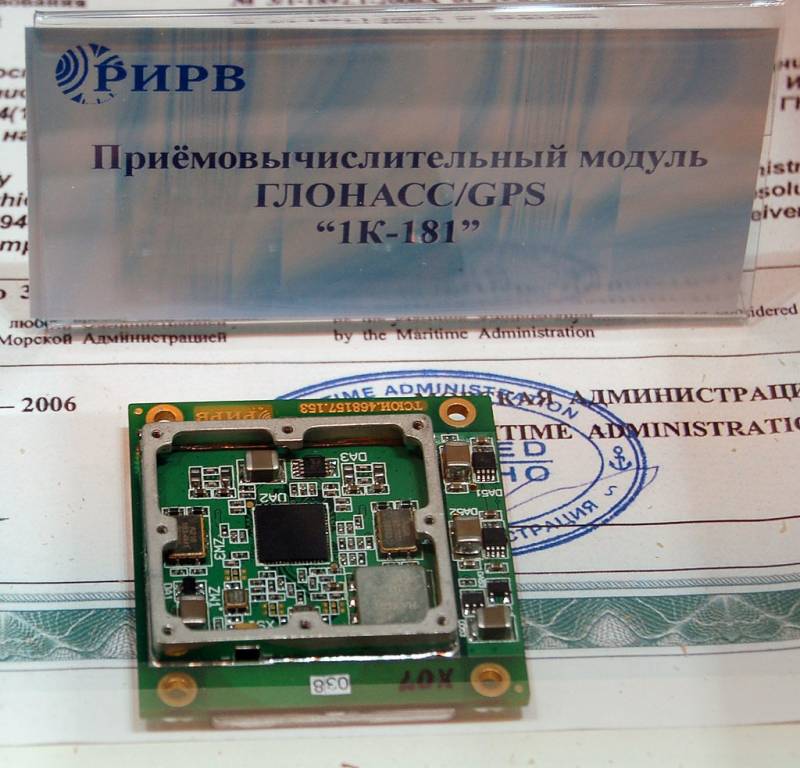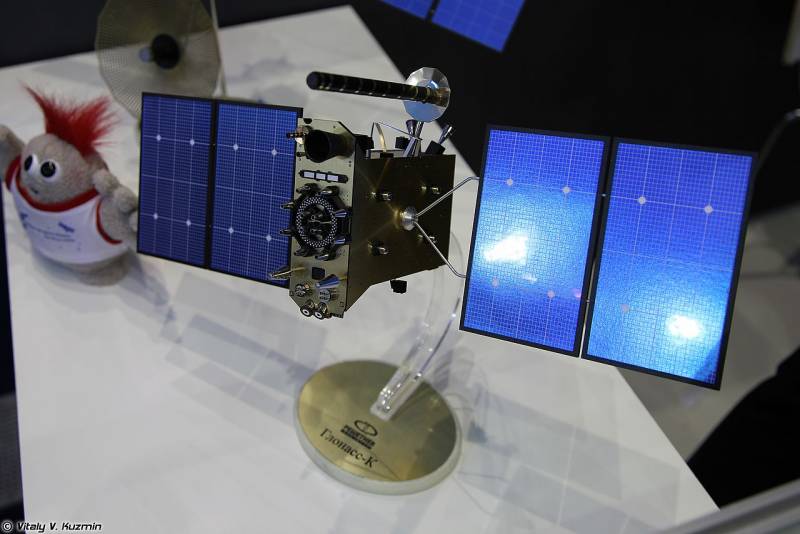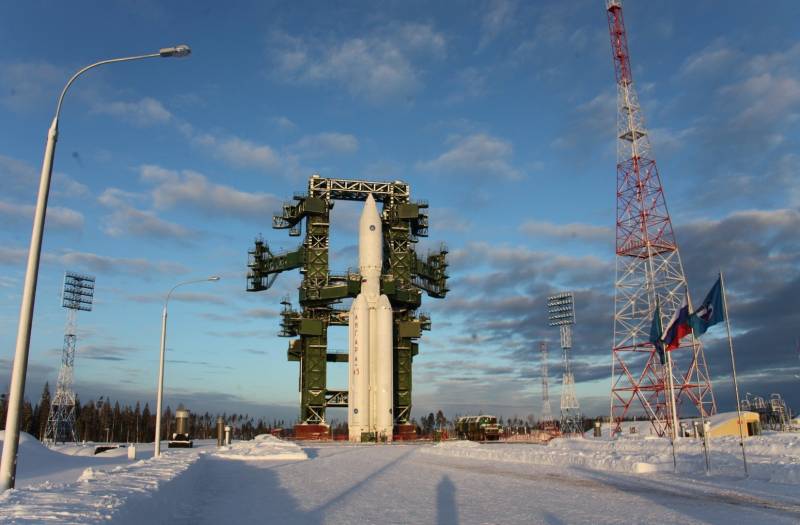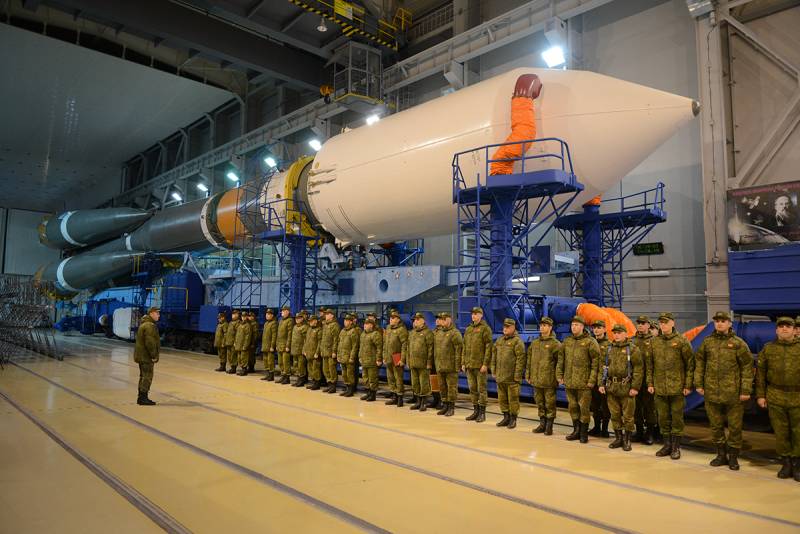New transfer: what awaits GLONASS in the future
Endure until December
Difficulties and problems plague the Russian satellite constellation, which, on the whole, is completely natural given its complexity and the situation that has developed in relations between the West and the Russian Federation.
And yet it requires a more detailed consideration. 15 October RIA "News”, Citing a source in the space and rocket industry, it was reported that the launch of the Glonass-M navigation satellite from Plesetsk planned for November was postponed to December 2. “The launch was postponed to December 2,” the source said, without specifying, however, the reason for this decision. Recall that they previously wanted to use the Soyuz-2.1b rocket with the Frigate booster block as a carrier: most likely, they will be used in the end.
In principle, there is nothing of the kind in postponing missile and space launches: this is a common phenomenon that can be seen both in the United States and Russia, and even in China, which is now the leader in the number of missile launches. Another thing is interesting.
New generation
This launch would be very useful, because due to technical failures, malfunctions and the expiration of operational terms, some GLONASS satellites are out of order, while others are close to completing their careers for the benefit of the Russian Federation.
The fact that the position of the system was frankly distressing became especially clear in August of this year, when the Glonass-M spacecraft with 745 number became the third satellite of the group, launched in August for temporary maintenance. Then TASS reported that for its intended purpose the 21 GLONASS satellite is used, while for guaranteed global coverage it is necessary to have 24 working satellites.
In the same month, it became known that more than half of the GLONASS spacecraft operate outside the warranty period. In practice, this means that you can expect from them anything but high reliability.
What is the reason for this state of affairs? As we can see, in November of this year, they had to launch Glonass-M, a satellite of the old design, which remained unaffected. This, of course, is not the first generation, whose estimated service life was three years (which is very small), but still. The guaranteed seven-year period of active existence clearly does not color Glonass-M, especially when you consider that the lifetime of the third-generation American GPS satellite is fifteen.
However, the main problem for GLONASS is not the nominal lifetime of spacecraft, but the fact that these spacecraft are not commonplace. Previously, Glonass-M was created to replace Glonass-K, which consists of 90% of Western electronic components. Now, due to conflicts with the West, Glonass-K has become a part of stories: In total, two such vehicles were put into orbit.
The compulsory successor was Glonass-K2, which, as previously stated, would be “Russian”. On June 28 on June 2018, GLONASS General Designer Sergey Karutin announced that the development of the GLONASS-K2 satellite had been completed, but since then no launch of this type of device had followed.
The problem, perhaps, lies in the constant reforms of the rocket and space industry: including the uncertainties with the carriers used. “Due to the fact that the operation of Proton heavy rockets is being completed, the use of Angara rockets has not yet begun, and Soyuz rockets can put into orbit only one Glonass-M or Glonass-K device,” the decision to make small vehicles weighing up to 500 kilograms. In this case, Soyuz will be able to launch three spacecraft into orbit at once, ”a source in the rocket and space industry said in April this year.
This is more than an interesting statement. It turns out that already after the completion of the development of a new generation apparatus was announced, it suddenly “turned out” to be too big. And this despite the fact that, as noted above, updating the satellite constellation is required today.
Perhaps, I had in mind the promising Glonass-KM, whose launches they want to carry out starting from about the second half of the 2020's. However, in the light of current events, I don’t really want to even remember about this project.
Overseas will not help
Most likely, the problem is not even in the media, but in the fact that the country was completely unprepared to replace Western electronics with its own.
“The defense industry also has other problems, both inherited from the Soviet past, and that have appeared relatively recently. The main of those that arose during the USSR is the elemental base. Remember the joke that our chips are the largest in the world? Since the time of the USSR, things haven’t been good with the element base, ”Ruslan Pukhov, director of the Center for Analysis of Strategies and Technologies, wrote in October of this year.
Most likely, the specialist is right if not on 100, then on 90%. Now, without cooperation with other countries, and especially Western countries, it is simply impossible to develop the space industry. Unless, of course, you are China, which has long been “all taken.” So we will hear about new plans, new ideas and, of course, new postponements.
However, the situation can be seen from the other side. In recent years, Russia has acquired conditional allies who are interested in new developments. “GLONASS, of course, interests everyone very much - the Gulf countries are extremely interested in GLONASS and the location of ground stations. Since, apparently, the geopolitical situation has changed so much in the region, it is hardly possible to rely on GPS alone, ”said Dmitry Rogozin, head of the Russian space department, in October this year.
It is difficult to say how much the same Saudi Arabia or Kuwait (more likely American allies than Russian) will want to invest in GLONASS. In any case, Russia has its own petrodollars, and it needs technologies that even the richest states in the Persian Gulf do not possess.
If events developed in 90, the Russian satellite navigation system could be developed together with China. However, now China has everything to move in this direction itself. It already has its own Beidou satellite system, and not so long ago, the PRC announced that it had put into orbit the device, which is "the most high-tech in the field of satellite navigation." At the same time, the Chinese portal Sohu wrote earlier that the Russian system "Paralyzed"and US GPS is Beidou’s only competitor. At the same time, the Chinese did not miss the opportunity to declare that the American system also has flaws: it supposedly quickly becomes obsolete. Even if we take the words of Chinese journalists on faith, GLONASS will not get any easier.




Information